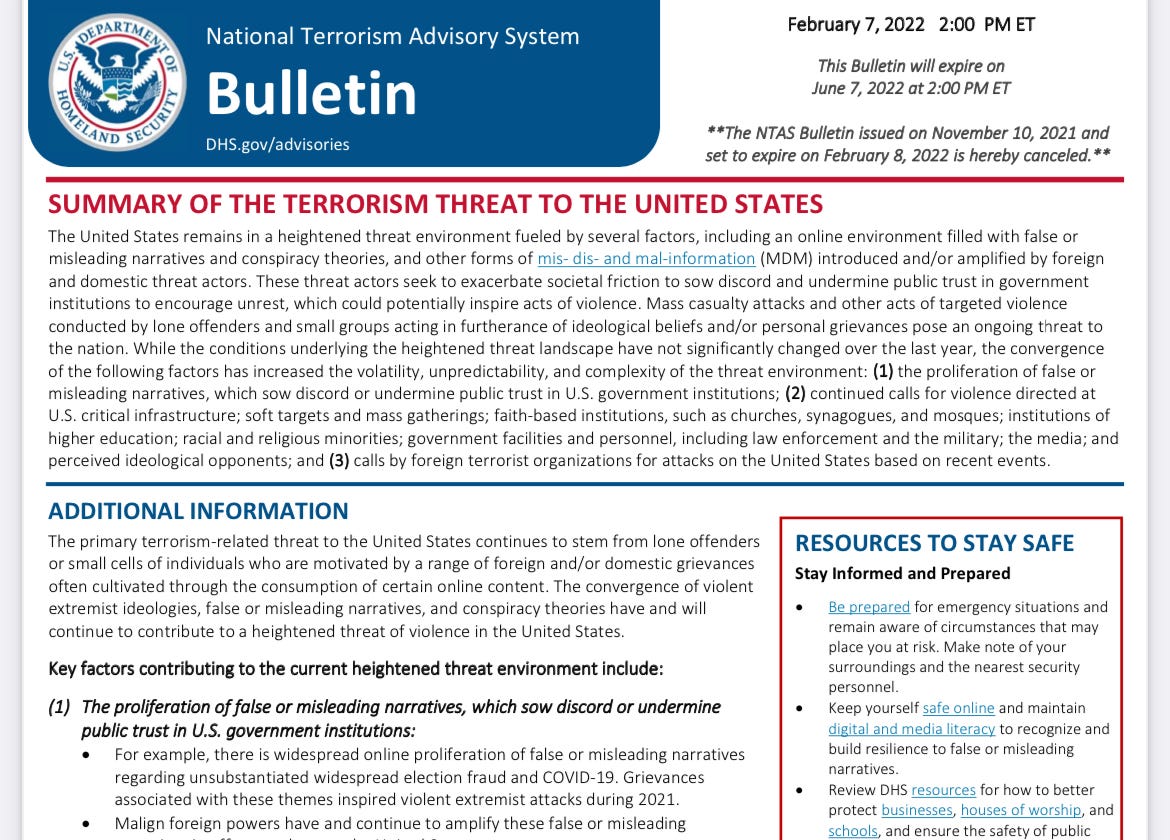ianwelsh | The left cannot do what the truckers do because if they did, they would be shut down with extreme violence — if they were even allowed to get going. Remember, the Ottawa police chief let the truckers set up, knowing in advance what they were going to do.
Note also, that the right uses decentralized action a lot. Their shooters are created by their ideology, but act individually. The truckers may have organization, but they are individuals. Each truck has to be seized individually. There is some central organization, and when its visible it’s taken out (the shut down of the GoFundMe) but mostly it’s buried in the financial and third-party weeds. Ezra Levant of Rebel news, for example, hired a lawyer to fight parking tickets for the truckers. He’s not directly involved so far as we know yet, but he is indirectly involved.
Then there’s Ontario’s Prime Minister, Doug Ford. Doug could have this stuff broken up easily, and if it truly does need the military, he’s the person with the authority to call them in (the Feds arguably can’t without passing a new law). Doug’s daughter is with the protesters.
FDR alleged (but only allegedly) once said, “You’ve convinced me. I agree with what you’ve said. Now go out and make me do it.” Doug almost certainly agrees with the truckers, but he knows that polling is against him.
“Make me do it.”
Killing people for the market is economic orthodoxy. Impoverishing people so the rich can get richer is economic orthodoxy. Taking care of people, in the US, Canada, and Britain is against the ruling ideology — it is actually not legitimate. (It is in China and Japan, as people there are viewed as productive assets, not as assets to be mined.)
For unions to do what the truckers do they would have to start by decentralizing. No significant headquarters, few assets to be seized, and leadership that doesn’t matter because anyone can lead. If the “president” is locked up, it doesn’t matter because someone else steps up, and regular members know what to do anyway.
Plus, there needs to an implicit threat. “If you take us out by force, we will keep showing up, and you can’t lock us all up.” The “truckers” (most truckers disagree with them, including the Teamsters) belong to a movement that shows up at school board meetings, that pickets hospitals & legislatures and threatens nurses, and that is generally perceived as dangerous. Politicians don’t feel entirely safe using force and law against them, though this is (or was) far more true in the US than in Canada. The left has spent generations telling themselves that violence is always bad and that even the threat of it should never ever even be considered because Gandhi, Gandhi, Gandhi.
All people are equal, but some people are more equal than others. All protests are equal, but some protests are more equal. Some ideologies are far more equal than others.

